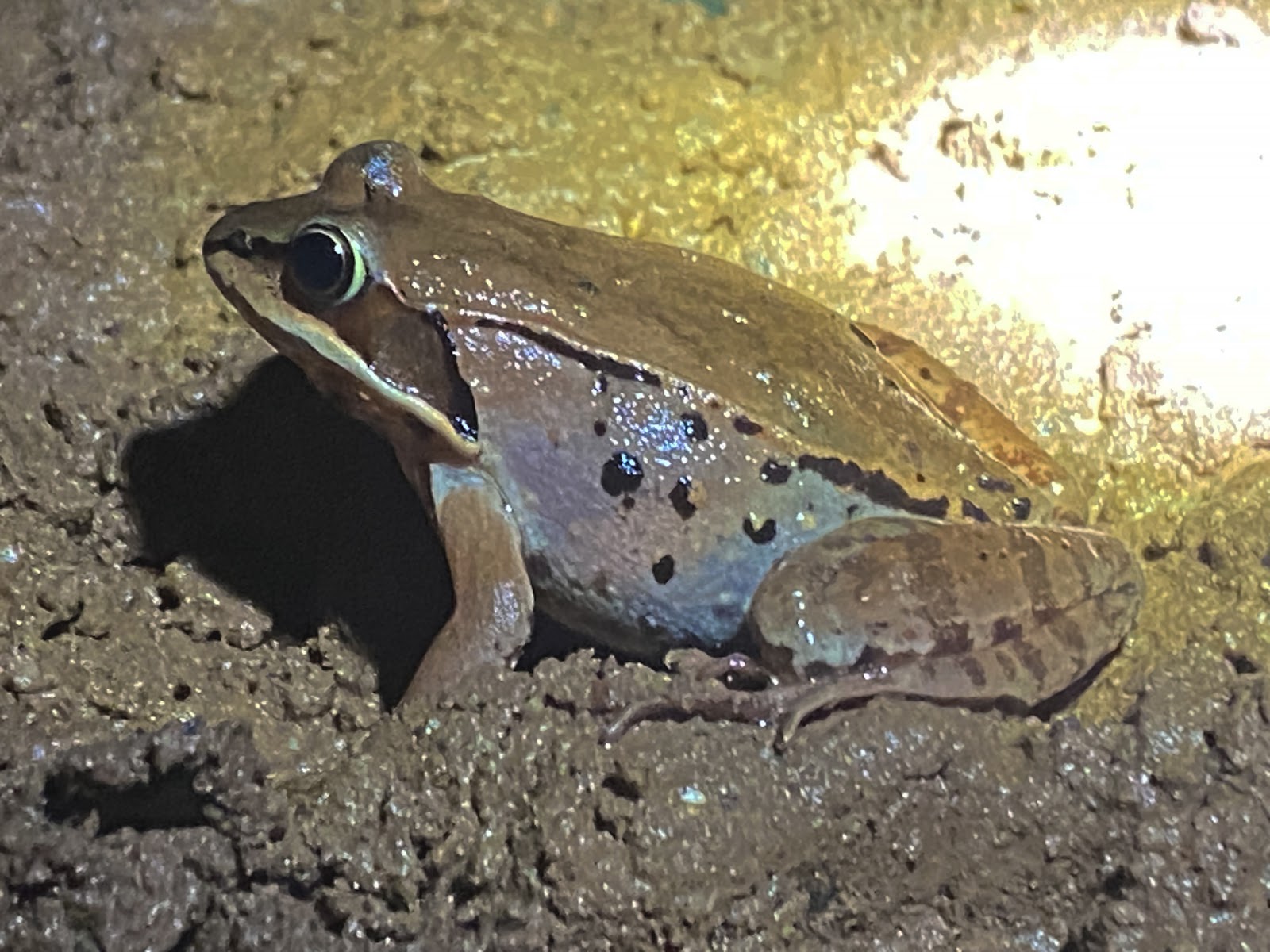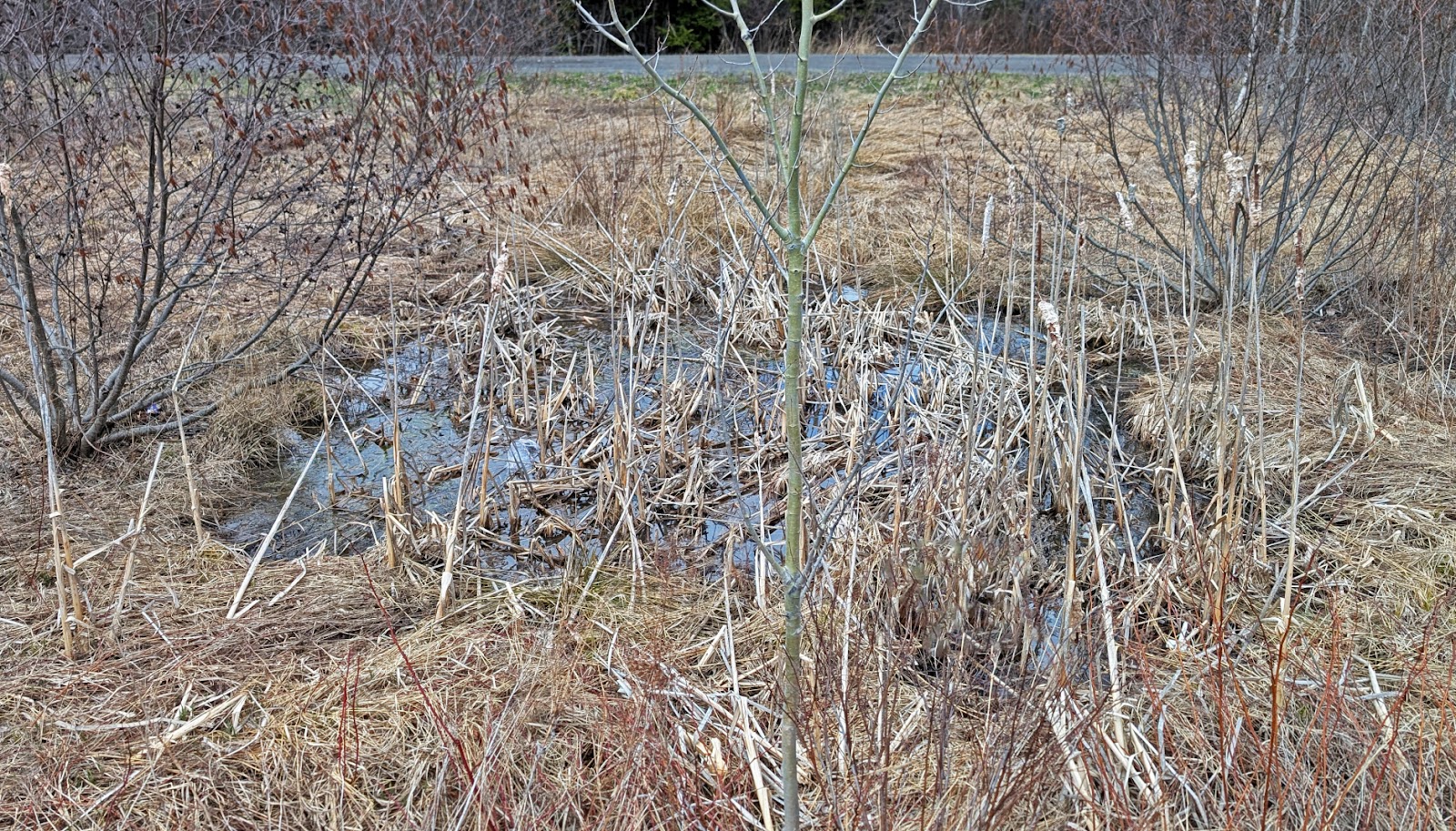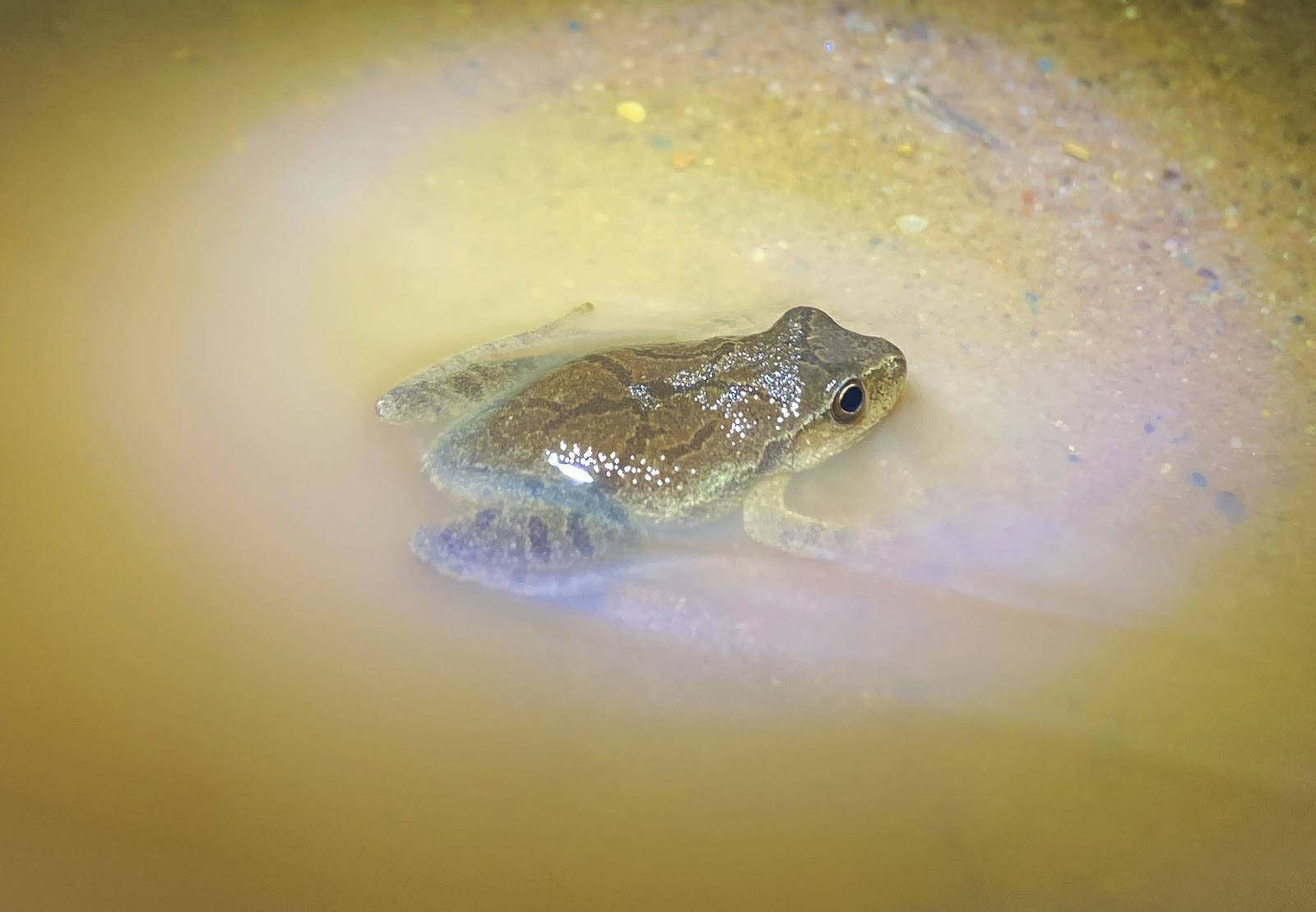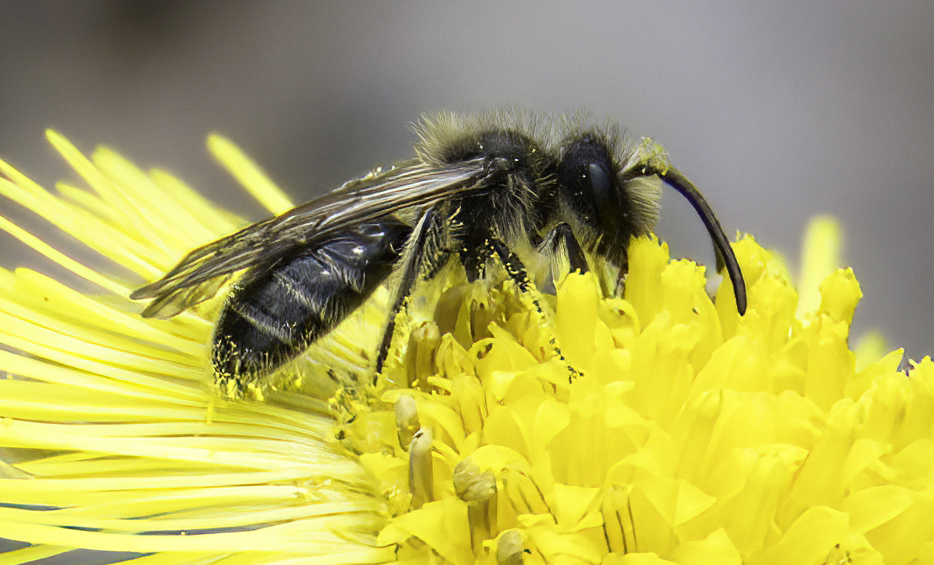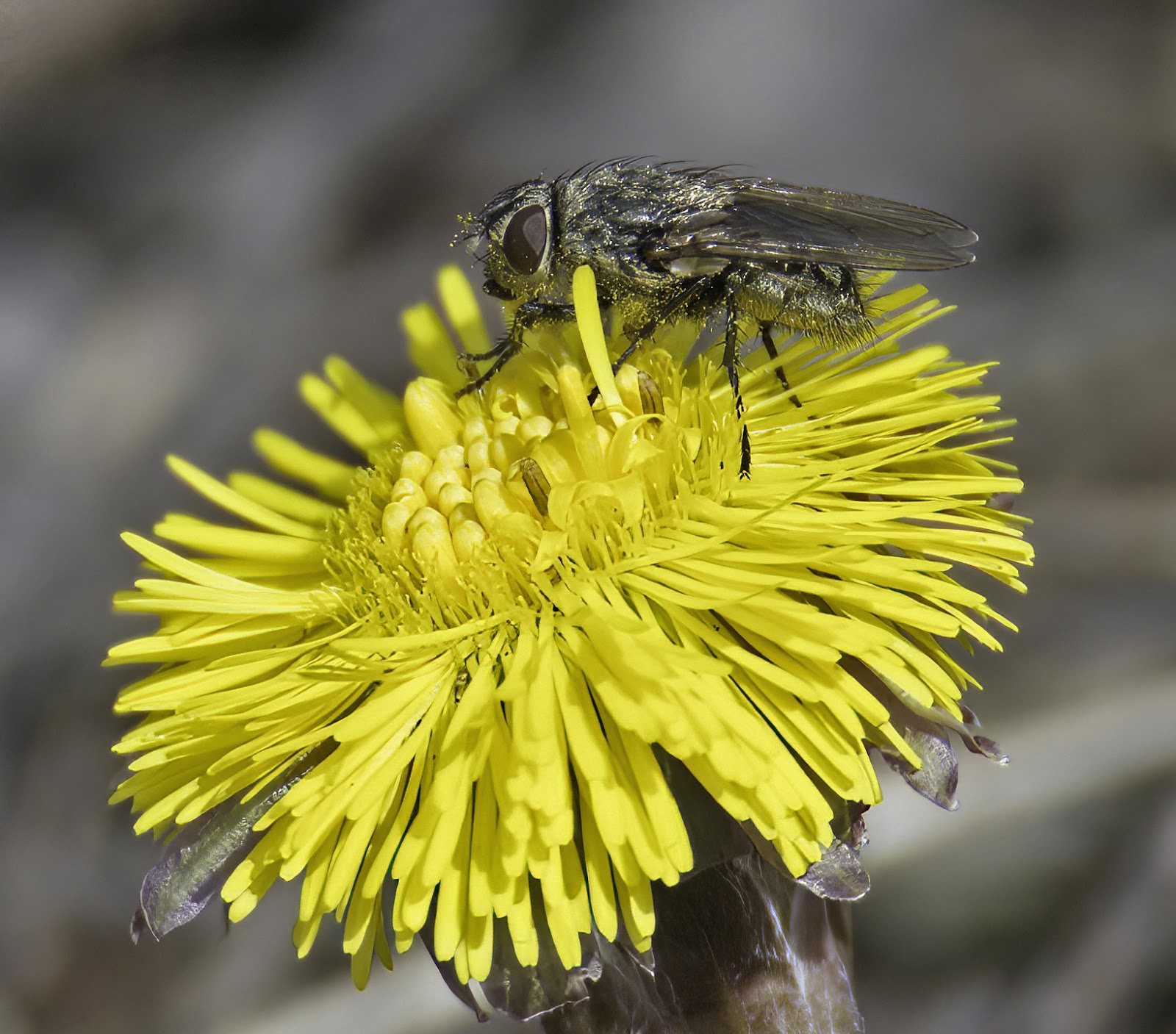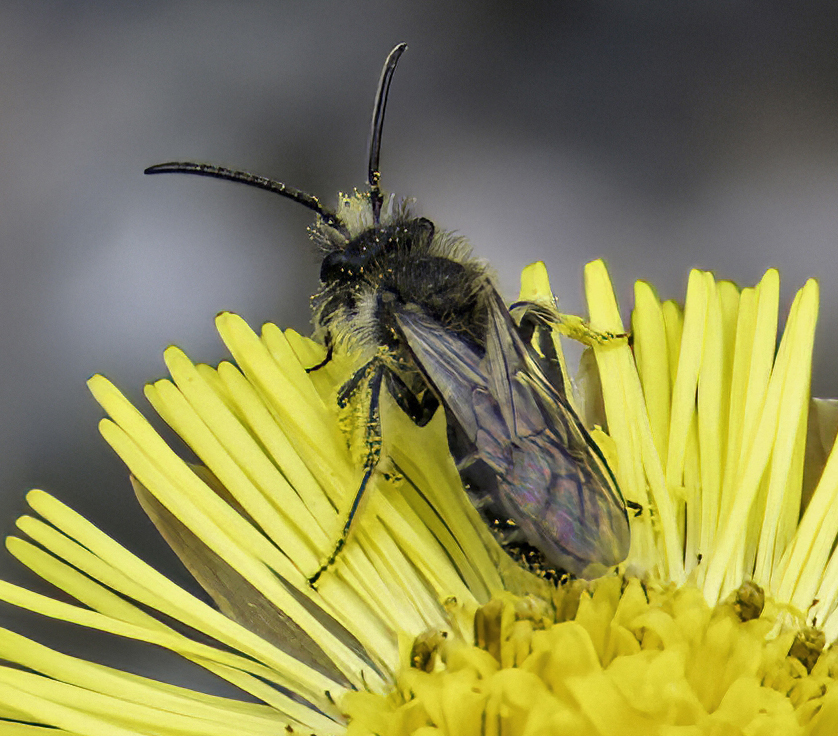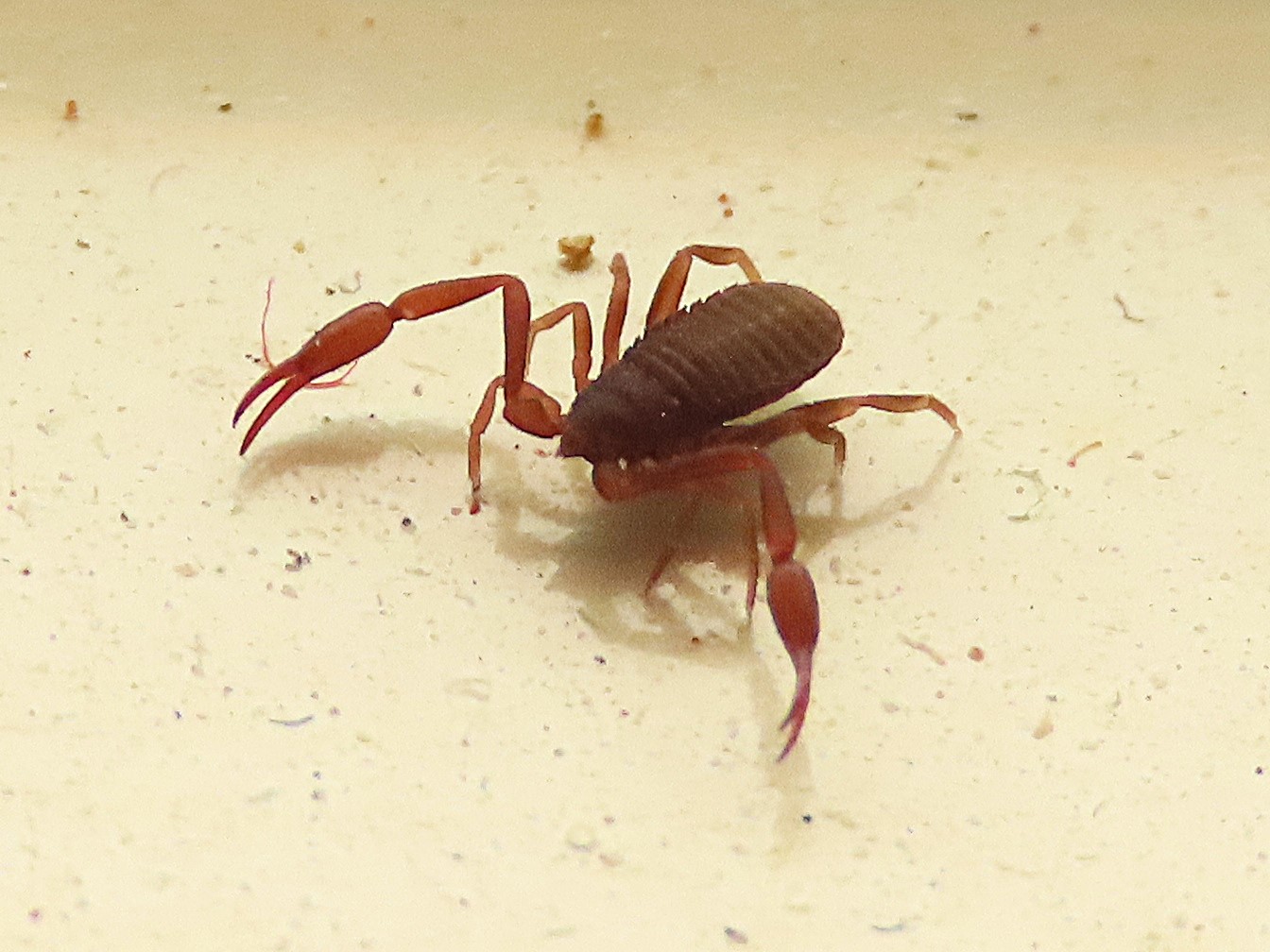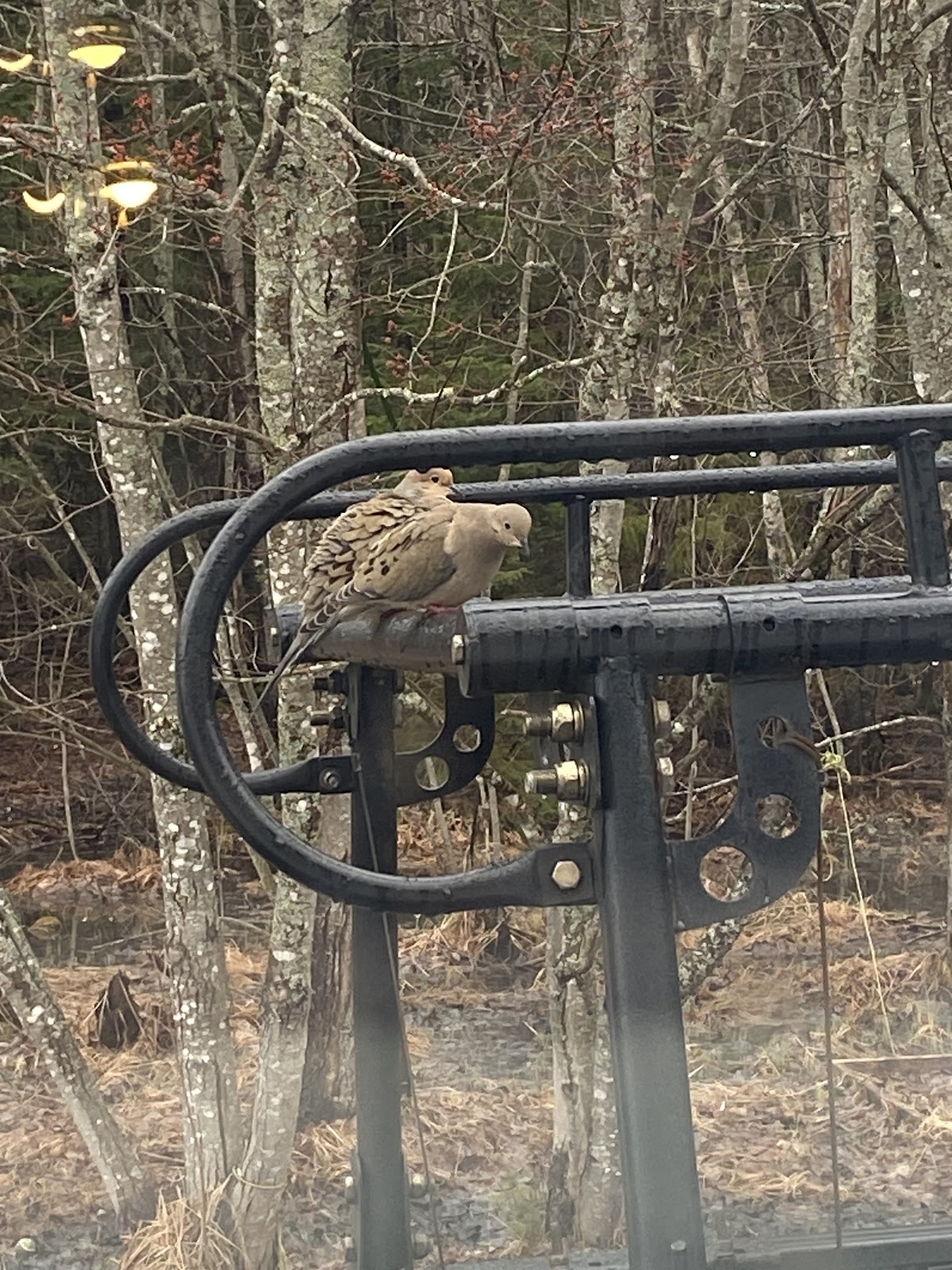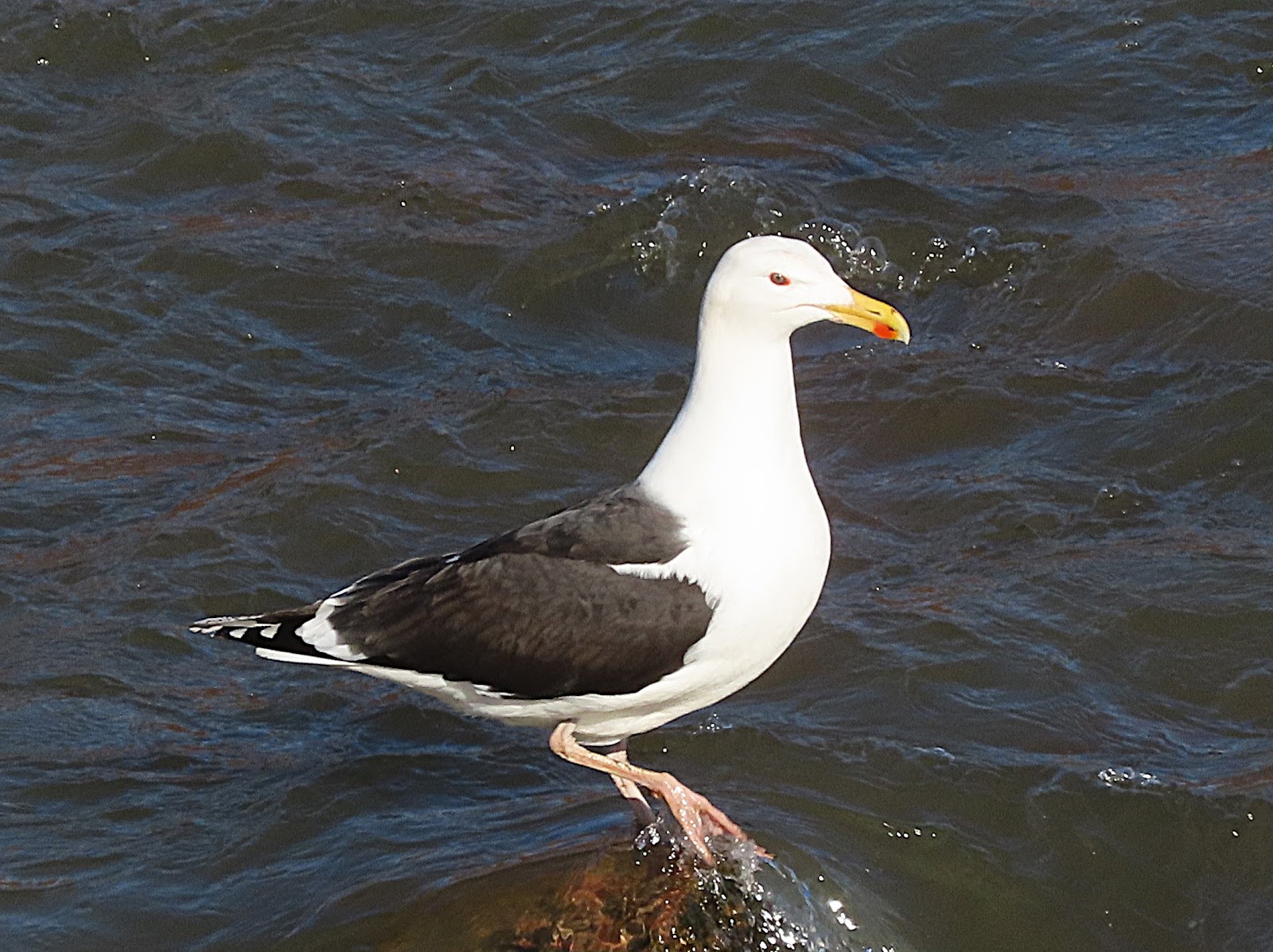NATURE
MONCTON NATURE NEWS
April 17, 2025
Nature Moncton members, as
well as any naturalist in New Brunswick or beyond, are invited to share
their photos and descriptions of recent nature sightings to build a fresh
(almost) daily edition of Nature News
To
respond by e-mail, please address your message to the information line
editor, nelsonpoirier435@gmail.com .
Please
advise the editor at nelsonpoirier435@gmail.com and the proofreader
Louise Nichols at Nicholsl@eastlink.ca if
any errors are noted in wording or photo labelling.
For more information
on Nature Moncton, check the website at www.naturemoncton.com
Proofreading
courtesy of Nichols nicholsl@eastlink.ca
To
view the live feed of the Peregrine Falcon nest cam on the summit of Assumption
Place in Moncton, go to:
**Amphibians, bees, and insects get top billing this morning with birds tagging along!
**Several folks were taking special note of bees on early
blooming plants on Wednesday after Emily Austen’s very interesting presentation
on Tuesday night. There is apt to be labelling errors until more of us can
review and make notes on Emily’s presentation, which is available at the link
below:
**Issac Acker experienced a great night with amphibians
on Tuesday evening after the Nature Moncton meeting.
Issac was able to photograph blue-spotted salamander,
yellow-spotted salamander, eastern newt, wood frog, and spring peeper. Issac
did not provide the exact location, other than in the Moncton area. What a
super one evening amphibian hitlist!
**Shannon Inman heard yellowlegs on Wednesday and went for a search,
but no luck. But at Harvey Dam, a great black-backed gull was waiting on
a rock for a meal, and she spotted through the woods another male ruffed
grouse performing its spectacular display.
At home, John Inman photographed an infant moth on a feeder, a savannah sparrow, a chipping sparrow, and (hard
to get a photo of) a very small pseudoscorpion.
(Editor’s note: Normally, we see underwing moths in later
season; however, the literature points out that the infant moth displays
diurnal activity, commonly flying in sunlit woods during the day in spring,
while most related species are nocturnal. It tends to like white/grey birch areas.)
**Richard Blacquiere notes some recent additions to the bird life in Hampton. On Wednesday morning, a group of at least three savannah sparrows were foraging along the walking trail at the lagoon; one posed briefly in the sun to allow a photograph. Another species was a northern flicker seen flying over some houses not far from the lagoon - no photo possible.
On Tuesday, Richard
saw his first osprey in Hampton.
**On April 15, Yves Poussart visited the Waterfowl Park
and the retention ponds (James St.) in Sackville.
It was interesting to see that different species of
pollinating insects had already found the few flowers which were already in
bloom (such as coltsfoot and pussy willow).
An interesting and surprising find to photograph was a greater yellowlegs, and two of the captured images of this species are included.
**Jane LeBlanc in St. Martins had a good bird day on
Wednesday. On the beach, she put up two great blue herons, and was so
startled she only got a 'butt' photo. In her yard, she had four sparrow species: fox,
white-throated, song, and dark-eyed junco. As well, she had purple finch and American goldfinch, golden-crowned kinglet, blue jays, a northern cardinal
pair, black-capped chickadee, red-breasted nuthatch, common grackle,
hairy and downy woodpecker, mourning dove, American robin, and a walk down
the hill to the river had her putting up a ruffed grouse. As well, two turkey
vultures and an undetermined hawk species flew overhead.
As if all the birds weren't enough, after dark, Jane
heard her first wood frog of the year and saw her first yellow-spotted
salamander in their little yard pond.
(Editor’s note: Spring has blossomed in St. Martins!!)
**Brian Stone joined by Nelson Poirier found a small but
busy pond in Dieppe on Wednesday that was quite close to civilization and yet
was populated by a troupe of active and noisy wood frogs going about
their business. Brian sends a few photos of the frogs and a video displaying
the sound of the frogs calling. Brian and Nelson also photographed a selection
of small, wild bees on spring crocus and coltsfoot flowers in several
areas. Also seen on coltsfoot flowers were many flies, in greater
numbers than the bees at the moment. A pussy willow bud was hosting a
number of flies and a couple of small, wild bees also.
An American robin became jealous of the attention the bees were receiving and offered to pose for a close-up photo.
Check out the
video clip below of the very vocal group of wood frogs that Nelson and Brian
stealthily crept up on to get the recording, which very abruptly stopped as
soon as the frogs detected their presence.
(Editor’s note: this small area of intense wood frog
activity was in the midst of the urban environment of Dieppe off Rue Principale
adjacent to a walking trail. It was very small, as shown in Brian’s photo. It
could hardly be called a pond as it was simply a small wet area of cattails, a
mere 20 feet in diameter, but it was making for a happy colony of wood frogs
that would not allow humans closer than 10 feet!
Brian and Nelson attempted labelling some bee photos, but
stand to be corrected, which they are hoping will happen, so we all can learn.)
**David Lilly shares four more photos from his extensive
bird collection including sandhill crane, male northern shoveler duck, white-breasted
nuthatch, and red-breasted nuthatch.
Nelson Poirier.
Nature Moncton

